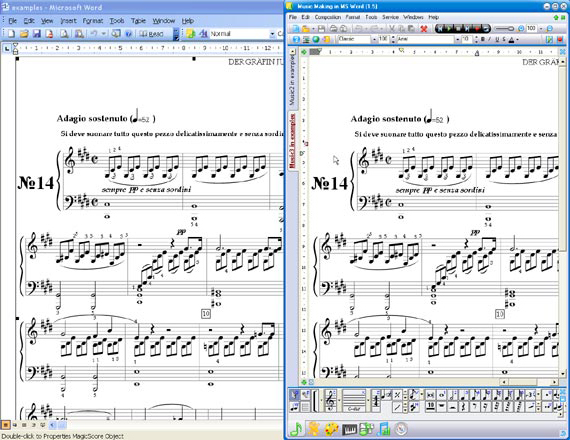
There are two major components to the work: firstly, a proposed new standard for how musical symbols should be laid out in a font, which I have called the Standard Music Font Layout (SMuFL to its friends, pronounced with a long “u”, so something like “smoofle”) and secondly, a new music font, called Bravura. Some font families might include multiple fonts for different weights and styles.Today I’m at the Music Encoding Conference in Mainz, Germany, where I am giving a presentation on the work I have been doing over the past several months on music fonts for our new application. Here's a comprehensive list of the font families in each of the optional features. You need to be online for the Windows Update service to work. The optional features are installed by Windows Update. This process should only take a few minutes. Once you've added Hebrew to your language list, then the optional Hebrew font feature and other optional features for Hebrew language support are installed. If Hebrew isn't included in the list of languages, select the plus sign ( +) to add a language.įind Hebrew, and then select it to add it to your language list.

Use the Settings app.įor example, here are the steps to install the fonts associated with the Hebrew language:įor Windows 10, in Settings, select Time & language, and then select Region & language.įor Windows 11, in Settings, select Time & language, and then select Language & Region. If you want to use the fonts from the optional feature and you know that you'll want to view Web pages, edit documents, or use apps in the language associated with that feature, add that language into your user profile. Installing language-associated features via language settings

The removal of these fonts is a permanent change in behavior for Windows client, and it will remain this way in future releases. If you want to use these fonts, you can enable the optional feature to add them back to your system. If you have documents created using the missing fonts, these documents might display differently on Windows client.įor example, if you've an English, French, German, or Spanish version of Windows 10 installed, you might notice that fonts such as the following are appear to be missing: As a result, these fonts appear to be missing from the system. If you install a fresh instance of Windows client, or upgrade an older version of Windows to Windows client, these optional features aren't enabled by default. To reduce the operating system footprint, improve performance, and optimize disk space usage, we moved many of the fonts that were previously shipped with prior versions of Windows to the optional features of Windows client. When you upgrade from the Windows 7, Windows 8, or Windows 8.1 operating system to Windows 10 or Windows 11, certain fonts are no longer available by default post-upgrade.


 0 kommentar(er)
0 kommentar(er)
